Long-distance relationships can feel like a beautiful paradox. On one hand, there's space to grow as individuals. On the other, that very distance can begin to chip away at connection, intimacy, and trust. If you’re in one or considering one you might be wondering: What really kills long-distance relationships?
The truth is, it’s rarely one big thing. It’s usually a slow drift caused by small, fixable issues that go unaddressed. And beneath many of these issues are real psychological dynamics attachment styles, emotional regulation, trust triggers that make long-distance love even more complex.
In this blog, we’ll explore:
-
The most common reasons long-distance relationships fail
-
Real-world examples and emotional patterns
-
Psychological insights behind the breakdown
-
Practical tips to keep your bond strong despite the miles
Let’s dive into what to avoid, and how to grow together even when you're apart.
1. Lack of Communication
When distance limits physical presence, communication becomes the lifeline. But not just more communication it has to be meaningful.
Why it kills relationships:
-
Over-texting can feel exhausting
-
Misunderstandings pile up without facial cues
-
One partner may feel like they’re always initiating
Real-life example:
Jasmine and Arjun, dating long-distance across countries, started off with daily texts and weekly video calls. But over time, Arjun got busier with work and began missing their call dates. Jasmine felt neglected. She didn’t say anything at first, thinking he was just stressed. Weeks later, resentment built up until they eventually stopped communicating altogether.
Psychology insight: Without regular emotional attunement, partners begin to feel emotionally abandoned triggering attachment insecurities and disconnection. You can also play safe you know your girl or what do guys need in a relationship.
How to fix it:
-
Establish communication expectations early
-
Mix texting with video calls, voice notes, and even surprise postcards
-
Don’t avoid tough conversations
2. No Shared Vision of the Future
A relationship needs an endpoint a shared goal of being together physically someday.
Why it kills relationships:
-
One or both partners feel they’re floating aimlessly
-
Delayed reunions create hopelessness
-
You start questioning if all the effort is worth it
Real-life example:
Sam and Priya were in different time zones. When friends asked when they’d live in the same city, neither had an answer. Over time, their calls turned into updates rather than emotional connection. With no plan, the future felt like a fog, and they drifted apart.
Psychology insight: Humans are wired for progress and stability. A lack of long-term goals activates uncertainty and emotional fatigue. This often happens after the honeymoon stage of relationship.
How to fix it:
-
Discuss potential move-in or meet-up plans early
-
Set short-term visits to maintain momentum
-
Talk about timelines honestly, even if they’re not immediate
3. Emotional Disconnect
Without emotional intimacy, physical distance becomes unbearable.
Why it kills relationships:
-
You stop sharing daily wins or challenges
-
Support feels generic or distant
-
One or both feel like they’re growing apart emotionally
Real-life example:
Liam and Dana talked daily but stopped checking in about each other’s feelings. Their conversations turned into routine small talk. When Dana struggled with anxiety, Liam didn’t notice and she felt alone in the relationship.
Psychology insight: Emotional neglect even unintentional can create feelings of abandonment and weaken the attachment bond. You should see the counselor after this, but going to counselor can be expensive.
How to fix it:
-
Ask deeper questions beyond “how was your day?”
-
Share your fears, dreams, and doubts
-
Journal together or do long-distance therapy if needed
4. Jealousy and Trust Issues
Long-distance relationships are built on trust. Without it, everything crumbles.
Why it kills relationships:
-
Fear of what your partner is doing when you’re not around
-
Snooping on social media
-
Constant questioning leads to emotional burnout
Real-life example:
After seeing her boyfriend tagged in a photo with a girl he hadn’t mentioned, Nicole panicked. Instead of asking directly, she began scrolling through every tagged post, losing sleep and peace of mind. Her boyfriend eventually felt accused and exhausted by the constant suspicion.
Psychology insight: Trust is closely tied to self-worth and security. Insecure attachment styles often manifest in long-distance scenarios through controlling or anxious behaviors.
How to fix it:
-
Have open discussions about boundaries and trust triggers
-
Avoid playing detective on social media
-
Reaffirm commitment regularly
Stay Connected Beyond Words
Long-distance relationships thrive on more than just texts and calls. You need emotional synchrony, mental clarity, and deep presence even across time zones.
That’s where neuroVIZR comes in.
neuroVIZR is a cutting-edge neurotechnology and tool that helps reduce stress, sharpen focus, and deepen self-awareness. Whether you’re dealing with LDR anxiety, emotional overwhelm, or struggling to stay grounded during periods of silence neuroVIZR can support your nervous system and mindset.
Think of it as a mindfulness reset for your brain especially when you're missing the person you love most.
Because the strongest relationships start with strong inner connection.
5. Unequal Effort
If one partner is always traveling, calling, or compromising resentment builds.
Why it kills relationships:
-
One partner feels like they care more
-
Bitterness grows under the surface
-
Power imbalance forms in emotional labor, this can lead to break in a relationship.
Real-life example:
Maria always flew out to see Nathan, rearranged her work calls for his time zone, and planned their visits. When she got sick and asked Nathan to come, he said he was too busy. That was the moment she realized the effort was one-sided.
Psychology insight: Imbalanced reciprocity causes emotional strain. The human brain naturally keeps a "relationship ledger," and when it’s lopsided, trust and love diminish.
How to fix it:
-
Check in monthly about how each person feels
-
Take turns planning visits or special activities
-
Use emotional labor check-ins: “Do you feel supported right now?”
6. Different Lifestyles or Time Zones
Busy schedules or opposite routines create natural friction.
Why it kills relationships:
-
Hard to find time to connect
-
You start prioritising everything else before your partner
-
Guilt replaces intimacy, this can also lead to do cheating and you should know that can a relationships survive cheating
Real-life example:
Tasha worked night shifts while Andre worked days. By the time she got free, he was asleep. They kept missing each other’s lives birthdays, deadlines, even daily check-ins. It felt like they were in separate worlds.
How to fix it:
-
Set overlapping time windows that work for both
-
Record video messages if real-time chat isn’t possible
-
Create shared routines like “Sunday coffee chats” or journaling
7. Lack of Physical Intimacy
While emotional connection matters most, physical touch is still important.
Why it kills relationships:
-
Touch releases bonding hormones like oxytocin
-
Long dry spells may create frustration
-
Physical needs might lead to temptation elsewhere
Real-life example:
Julia and Rob had been apart for 8 months. At first, they kept things exciting with video dates and even flirtatious texts. But eventually, Julia felt touch-starved. Rob admitted feeling the same. Neither cheated, but the emotional strain was obvious.
Psychology insight: Oxytocin, often called the bonding hormone, is released through physical touch. Without it, emotional connection may weaken especially over time.
How to fix it:
-
Plan regular visits, even if short
-
Send care packages, gifts, or scent-related items
-
Explore safe long-distance intimacy tools
What the Research Says
According to a study in the Journal of Communication, long-distance couples often communicate better than geographically close couples but they also report more anxiety when there’s no clear timeline for reunion.
Another stat? Around 60% of long-distance relationships fail not due to distance, but due to lack of planning, trust, or communication (SimplyPsychology, 2023).
Final Thoughts: Can You Avoid These Relationship Killers?
Absolutely but it requires intention. Long-distance relationships can absolutely work, but only when both partners show up consistently, communicate honestly, and stay aligned on the future.
Just like a garden needs water and sunlight, long-distance love needs:
-
Regular emotional check-ins
-
Shared goals and vision
-
Trust and honesty
-
A bit of creativity
No relationship is perfect. But if you keep showing up, even across miles, your connection can become even stronger than most.
FAQs About Long-Distance Relationships
How long can a long-distance relationship last?
It can last as long as both partners remain emotionally connected and committed to closing the gap eventually. Some couples manage for years successfully.
How often should you visit in a long-distance relationship?
Every 1–3 months is ideal, but it depends on your resources and schedules. Regular visits help maintain physical connection.
Can long-distance relationships work forever?
They can work for extended periods, but without a shared plan for eventually living in the same place, they often lose momentum.
What are signs a long-distance relationship is failing?
Decreased communication, lack of future plans, growing trust issues, or emotional detachment.
Disclaimer: neuroVIZR is a wellness device created to promote relaxation, focus, and overall brain wellness. It is not a medical device, does not provide diagnoses, and is not intended to treat, cure, or prevent any medical condition. The device is not suitable for individuals with epilepsy. Experiences and results may vary from person to person.













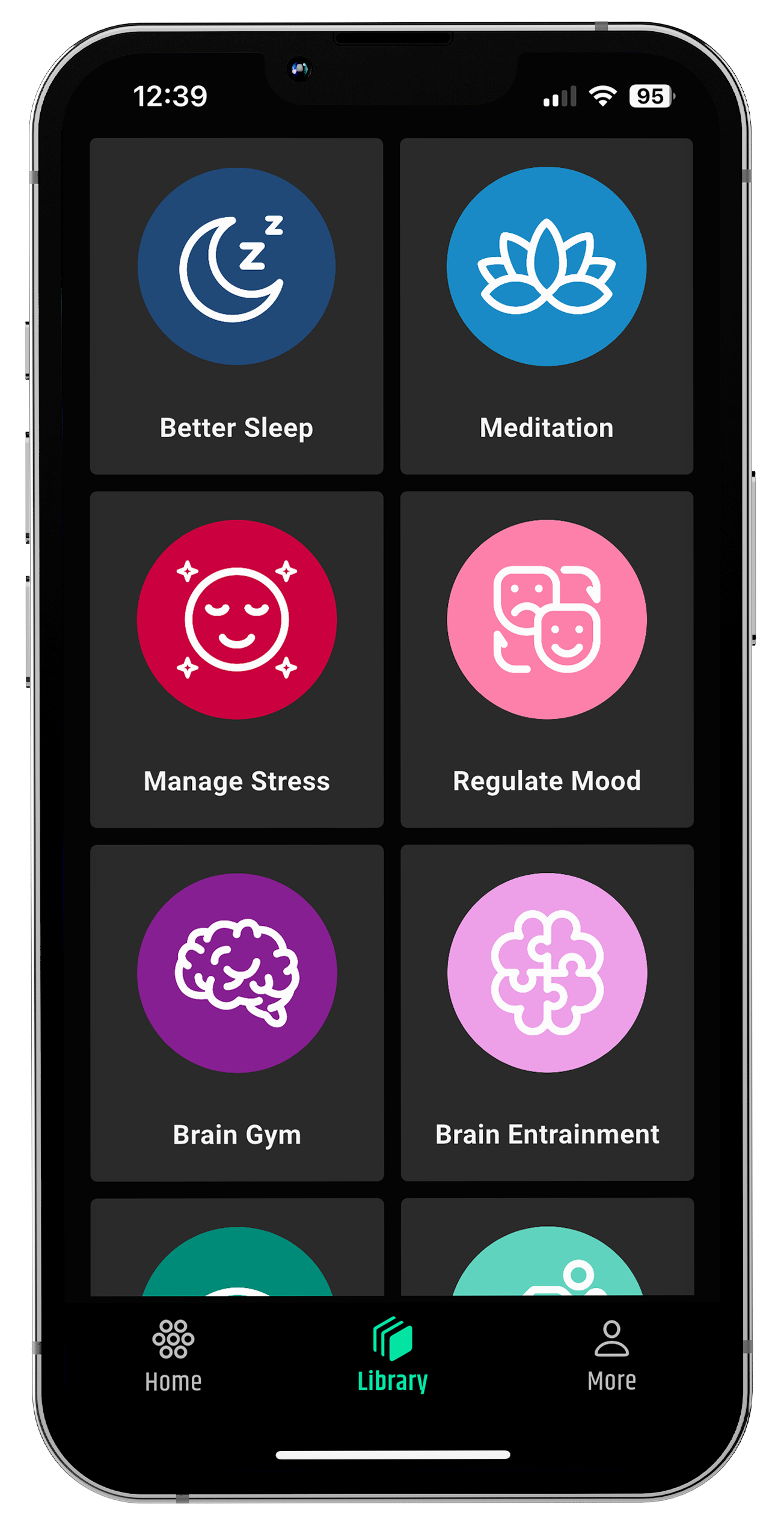
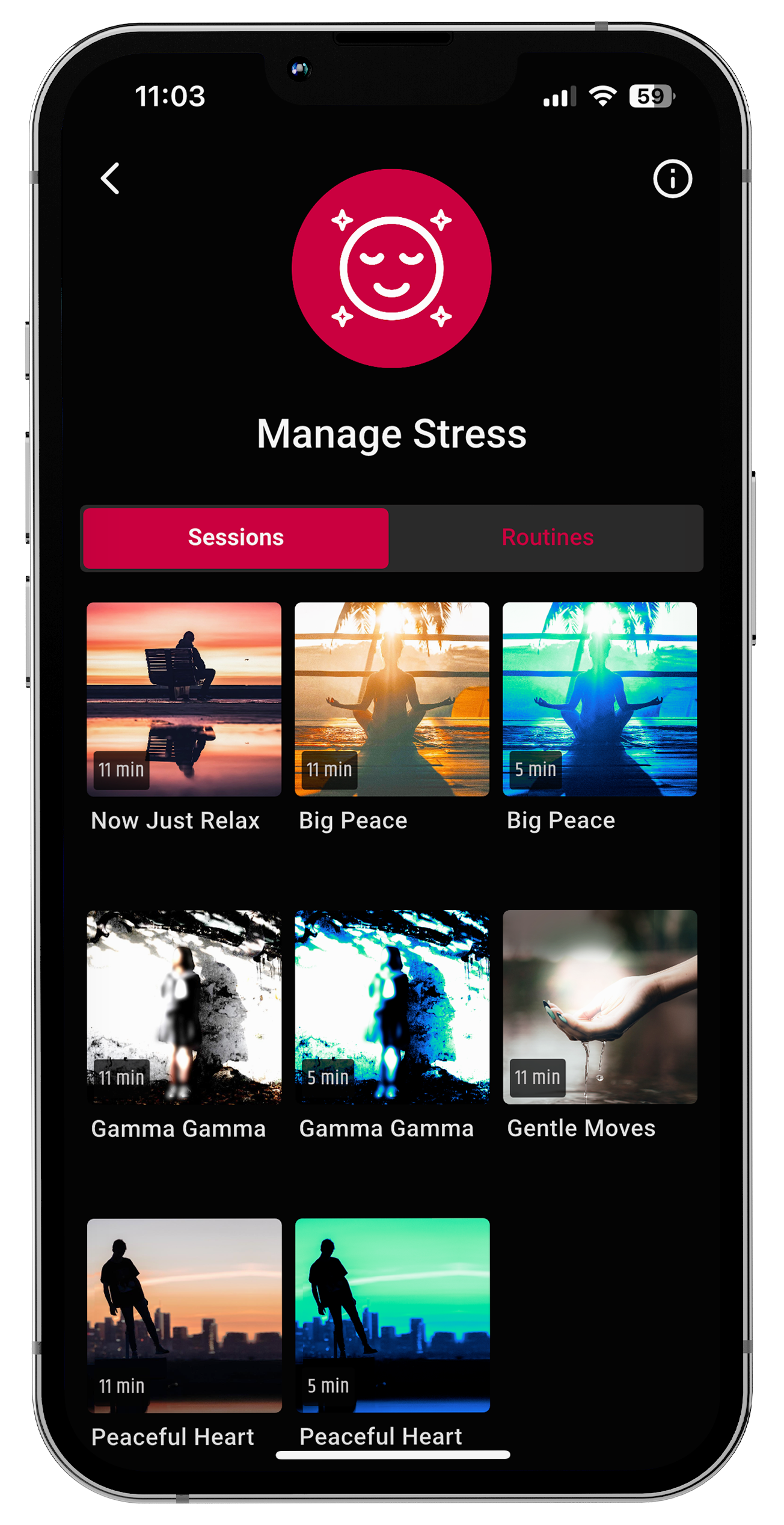
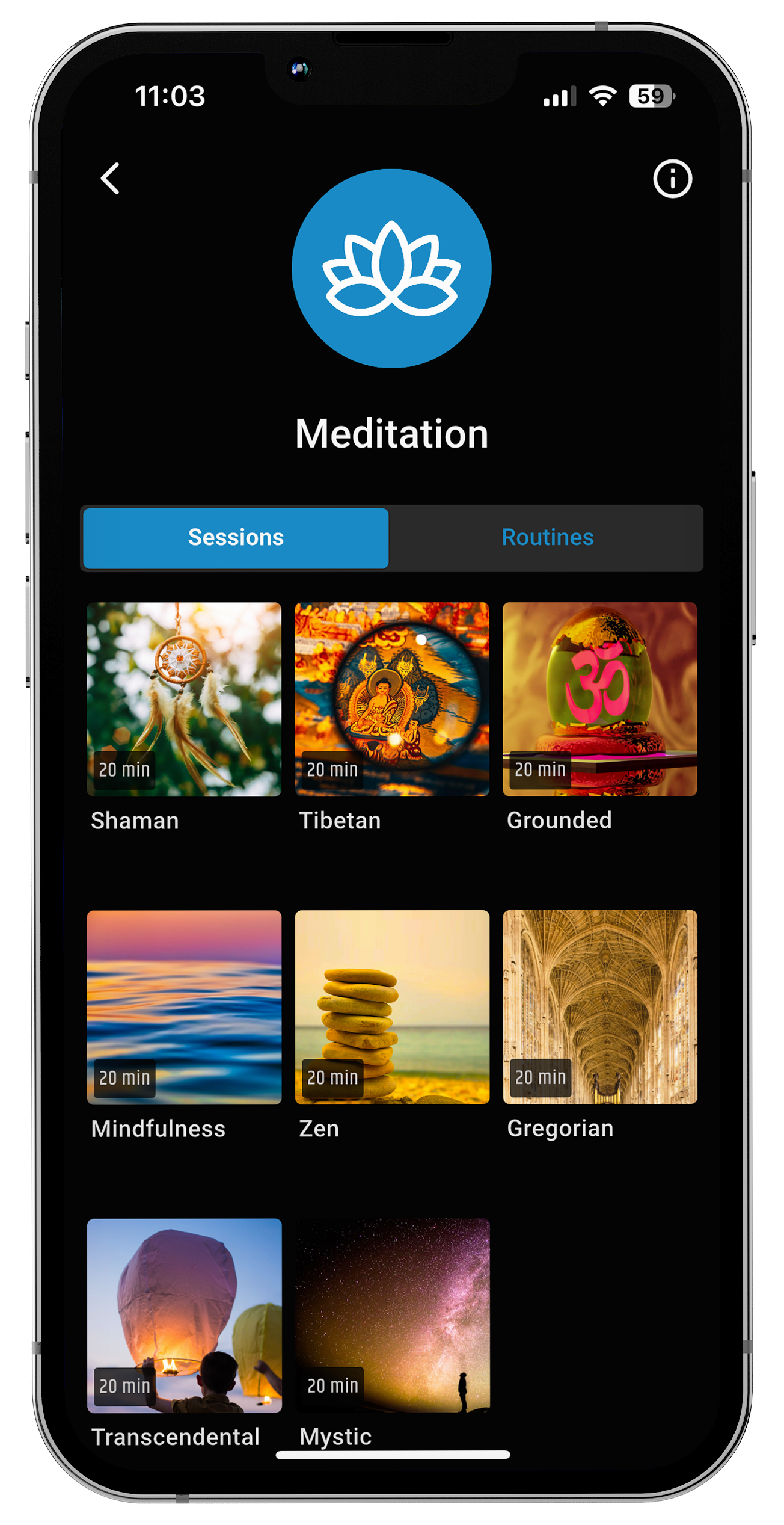
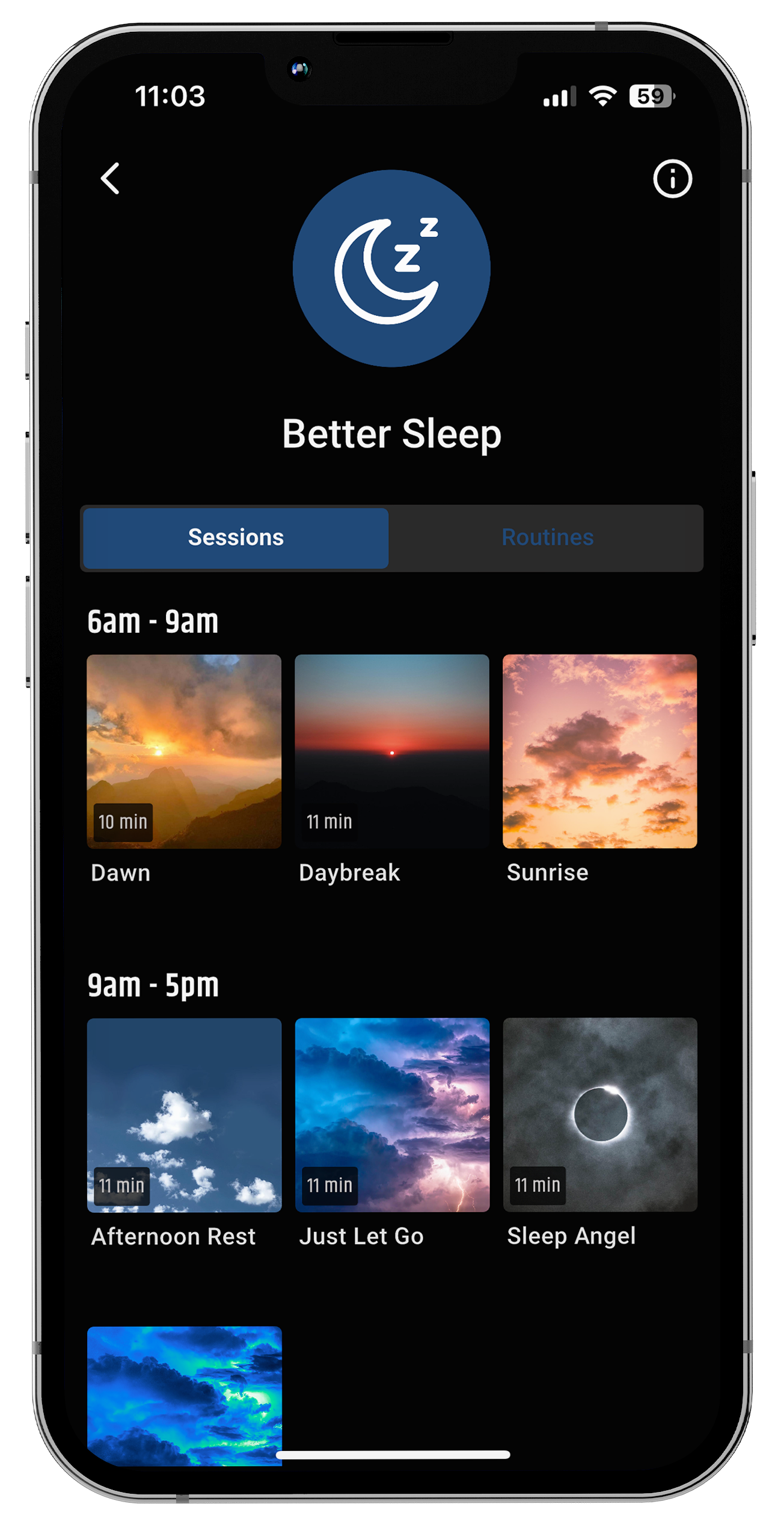
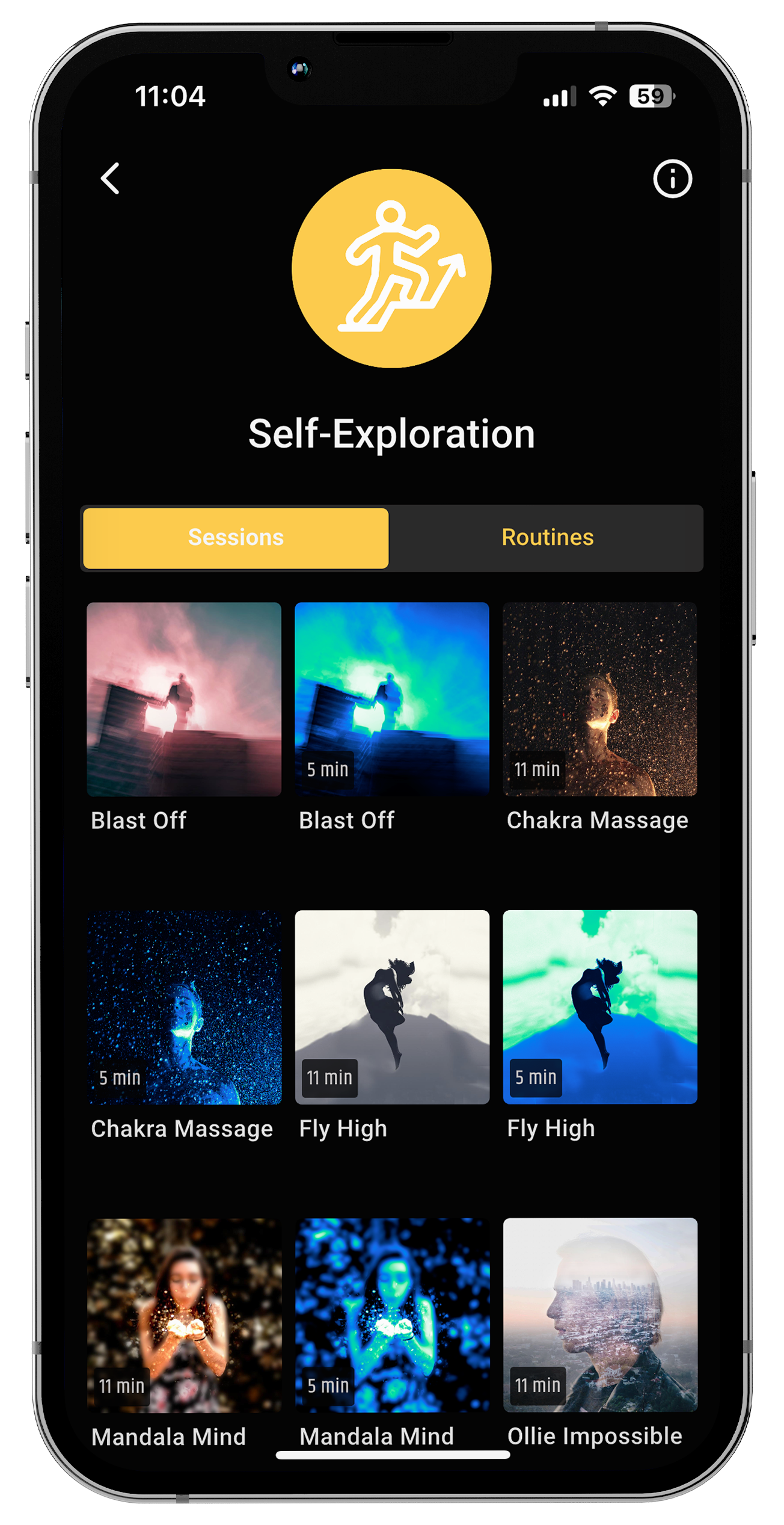









Share:
How Much Is Relationship Counselling & Is It Really Worth It?
Can a Relationship Survive Cheating? Truth, Stats & What Comes Next